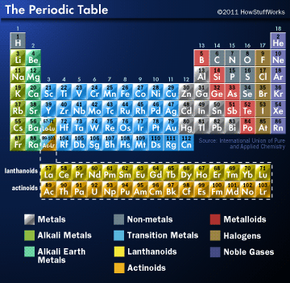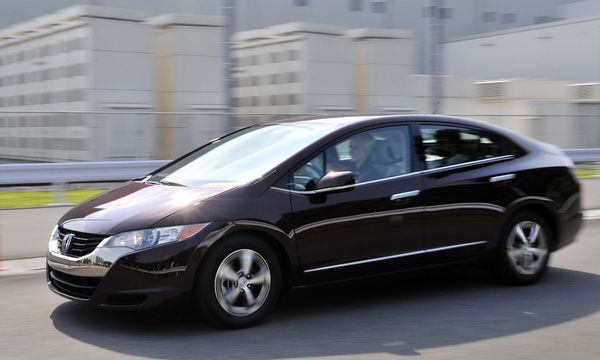Long before David Hasselhoff rippled his pecs on the beaches of "Baywatch," he starred in a TV show called "Knight Rider," an action hit featuring a supercar named KITT. The flashy auto was so cool and so powerful (What self-respecting teenage male didn't want to sit behind the wheel?) that our curly-haired hero easily chased bad guys all over town at an astounding 300 miles (483 kilometers) per hour. Dang, the car even talked like a caring grandfather.
What gave KITT its awesome power? The car came equipped with a hydrogen-powered engine that allowed Michael Knight (Hasselhoff) to bedevil the most dastardly TV villains of the early '80s.
Advertisement
More than a decade after the original series crashed and burned in the ratings, politicians, journalists and others began touting hydrogen as the energy of the future, an alternative to fossil fuels such as coal. They said hydrogen was the magic elixir that would fuel all our transportation and electrical needs. After all, hydrogen was abundant and burned clean, which would theoretically help cut down on greenhouse gas emissions. In fact, in 2003, none other than U.S. President George W. Bush, who made his fortune in the oil business, announced he was earmarking $1.2 billion in an attempt to make hydrogen the fuel of choice for Americans [source: CNN].
Who could blame him? Hydrogen is a wonderful source of fuel. Heck, it powers the sun. Not only that, we can never run out of hydrogen. It's in our air and in our water. Hydrogen is the most plentiful element in the universe (although not on Earth).
But before you invest in a hydrogen-powered vehicle, think about this: Rust never sleeps, and neither does hydrogen. The element makes metal brittle, reduces its strength, and can weaken a car like a termite through wood [source: Science Daily]. Yep, not good.
Advertisement



